Surgery, radiation diagnostics, and chemotherapy are the three traditional areas of cancer treatment. Currently, interventional oncology is the fourth mainstream worldwide. Its advantages are less surgical trauma and lower complication rates compared to traditional surgical interventions. The editors of MEDplusmagazine asked Svyatoslav Balaka, one of the country's leading interventional oncologists, what is interventional oncology and what is its effectiveness, as well as why it is still not widespread in Ukraine.
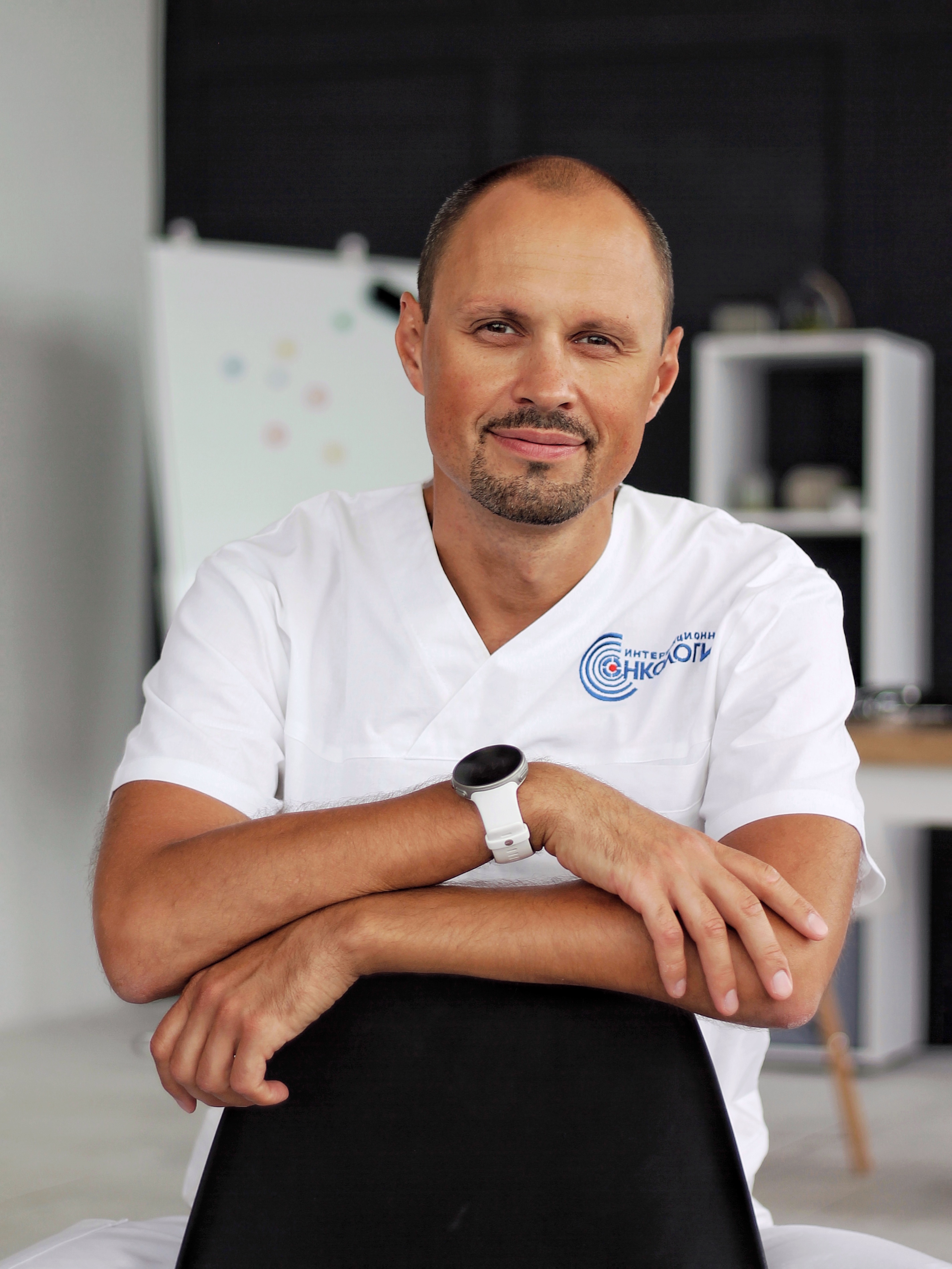
Svyatoslav Balaka - interventional oncologist, PhD, Head of the Association of Interventional Oncologists
- Why have interventional oncology techniques become routine abroad, but not yet in Ukraine?
There may be several reasons:
1. First, the conservatism and, unfortunately, ignorance of the medical community. Not only patients, but also doctors are unaware not only of the benefits, but even of the existence of such methods of diagnosis and treatment.
2. Interventional oncology is a relatively new specialty that is developing very dynamically in the world. In Ukraine, its place in the structure of medical care has not yet been determined. Recently, the treatment methods we use were defined in Ukrainian guidelines as experimental. At the same time, they have proven themselves well and are widely used abroad.
3. The therapy itself requires modern, expensive medical equipment and consumables, which also limits its widespread implementation in medical practice in Ukraine.
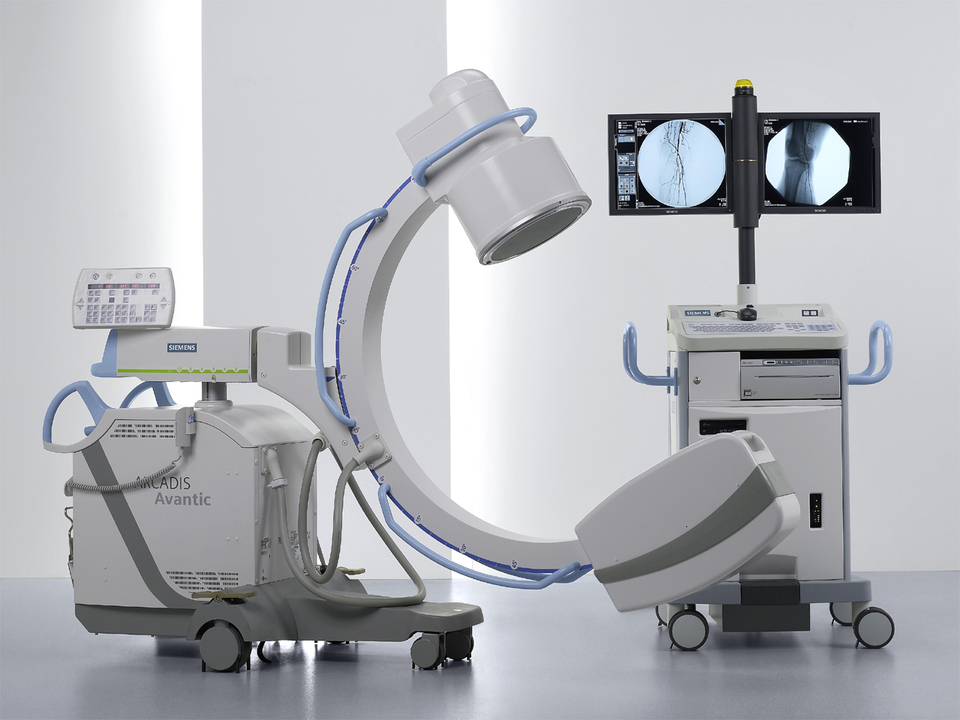
4. Unfortunately, we do not have many interventional radiologists who would actively develop in this area. Interventional oncology is a much broader field than endovascular surgery. It includes invasive diagnostics, methods of local tumor destruction, palliative care, and, of course, endovascular interventions. In our country, these techniques are still mostly practiced by specialists in related specialties - liver and thoracic surgeons, traumatologists and other doctors in separate centers.
Recently, I successfully passed the European Board of Interventional Radiology (EBIR) exam and received a certificate from the European Association of Cardiovascular and Interventional Radiologists (CIRSE). This exam is made to assess the clinical and technical knowledge required to provide safe and effective treatment to patients. It is not a substitute for national board certification, but confirms the sufficient level of training and experience of an interventional radiologist. According to my information, I am, unfortunately, the only doctor in Ukraine who has such a certificate.
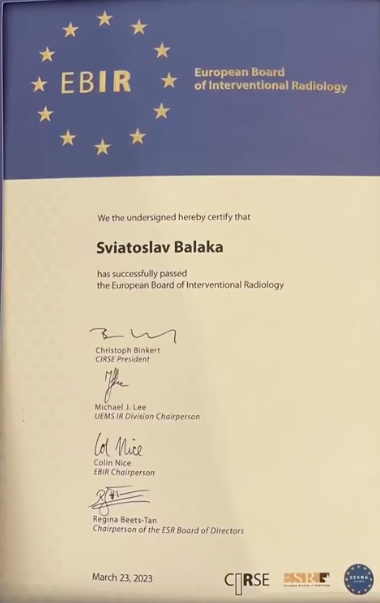
As part of the Association of Interventional Oncologists of Ukraine, we are trying to popularize interventional radiology and are actively engaged in educational activities among doctors. Currently, there are only a few departments in Ukraine that have the appropriate equipment to provide medical care to cancer patients. We founded one of these units in Kharkiv. With the help of grant funds, we are now trying to create a similar center in the west of our country.
But the current situation requires more radical changes. We need to work on legislative issues, on the awareness of doctors and patients. Yes, exactly patients, so that they demand that we provide quality medical care. Because there are hospitals that have purchased ablators, performed only a couple of procedures and stopped there.
- What methods of interventional oncology do you most often use in practice?
Before the war began on February 24, 2022, at the Center for Interventional Oncology at the Institute of Medical Radiology and Oncology, we performed
- performed full-scale core biopsies;
- provided palliative care for ascites and pleurisy;
- Installed venous and peritoneal port systems;
- drained abscesses and fluid accumulations in the chest and abdominal cavities;
- assisted surgeons in eliminating postoperative complications;
- performed microwave, radiofrequency and laser ablation;
- percutaneously drained and stented bile ducts in case of obstruction.
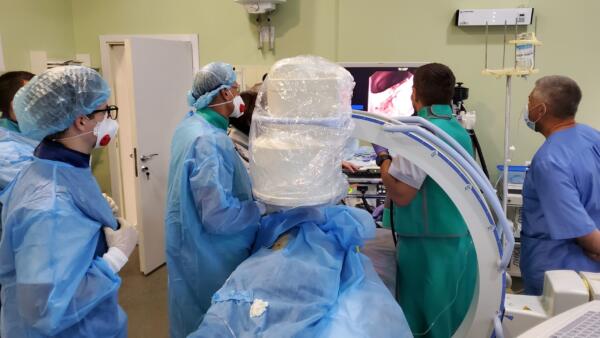
- we placed puncture nephrostomes and stented ureters in case of tumor lesions;
- vertebral augmentation in case of pathological vertebral fractures;
- chemical neurolysis in case of advanced tumors of the abdominal cavity;
- percutaneous gastrostomy was performed;
- stenting of the esophagus and intestines;
- endovascular interventions - transarterial embolization and chemoembolization, etc.
That is, we used not just one imaging method, but a combination of them: ultrasound guidance with X-ray or CT control, and sometimes several at once: Ultrasound, endoscopy, and fluoroscopy.
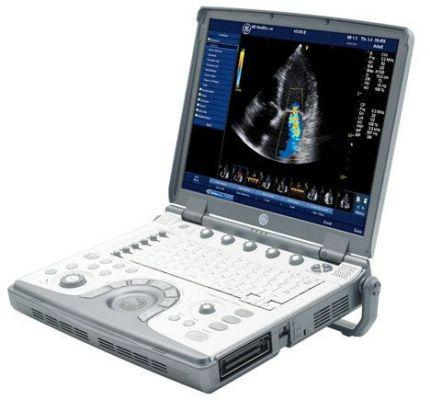
The war forced some of our employees to move to the western part of Ukraine. Now we are operating in Ivano-Frankivsk and are trying to resume our work fully. This requires high-quality equipment and its proper location. In addition, the angiograph, endoscopy stand, ultrasound and computed tomography scanner should be located in the same hospital location, so they can work together.
Currently, we use the maximum range of interventions to provide medical care to our patients. Of course, we have our favorites among them. For example, I prefer radiofrequency ablation to microwave ablation, because in my opinion, it is more controlled in our realities and just as effective in the experienced hands of an operator.
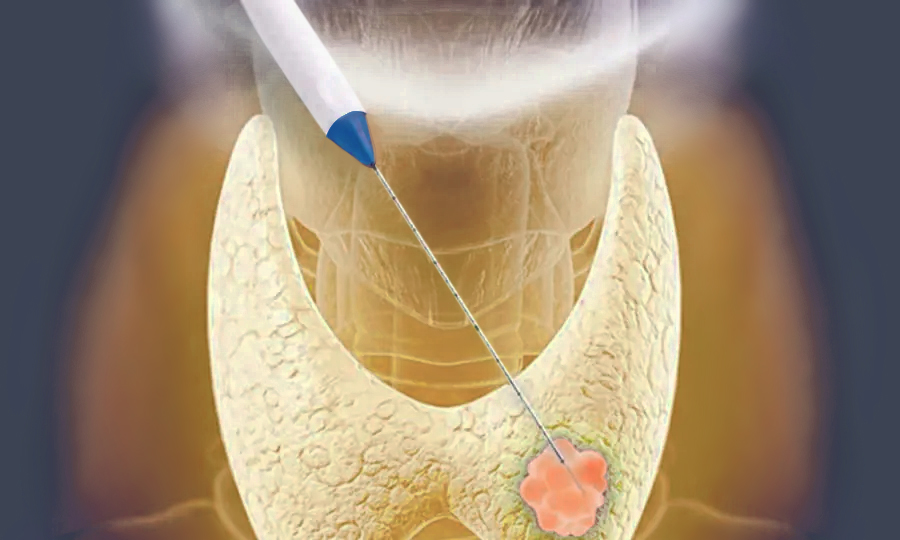
Unfortunately, in Ukraine, the costs of consumables are mostly covered by the patient, because their cost is not covered by the National Health Service of Ukraine, and the practice of health insurance is almost undeveloped in our country. Interventional procedures look expensive compared to surgical procedures, but only for our country.

Abroad, such treatment is much cheaper than traditional surgical interventions. At the same time, minimally invasive techniques have a number of advantages: patients tolerate them much easier and recover much faster with fewer complications. For example, after radiofrequency ablation, patients can go home the next day or even the same day without a long rehabilitation period.
«Minimally invasive techniques have a number of advantages: patients tolerate them much easier and recover much faster with fewer complications. For example, after radiofrequency ablation, patients can go home the next day or even the same day without a long rehabilitation period».
- How effective are these methods?
They are very effective. This is confirmed by international guidelines, where, for example, radiofrequency ablation is indicated as the main treatment for small liver cancer.

There are already many studies that emphasize the effectiveness of ablation at the level of surgical interventions. And sometimes they have an advantage due to their greater safety and less traumatic consequences, so they are indicated for patients with severe comorbidities. Of course, you need to keep a balance when choosing a method. In some cases, it is better to perform surgery, and sometimes in combination with interventions. Because we can both diagnose and treat malignant tumors and prepare the patient for the surgical stage.

We have the largest experience in radiofrequency ablation in Ukraine . This is more than a thousand neutralized malignant tumors and their metastases. Most often, we ablate tumors and metastases in the liver. We also help with lesions of the lungs, kidneys, thyroid gland, pelvic organs, retroperitoneal space, etc.
The effectiveness of the procedure can be assessed immediately on a computed tomography scan. However, the destruction of the tumor does not guarantee a complete recovery, as there may be microscopic metastases that cannot be seen using conventional diagnostic methods. However, the advantage of ablation over resection methods of treatment is that it can be performed many times, so new metastases can also be destroyed.
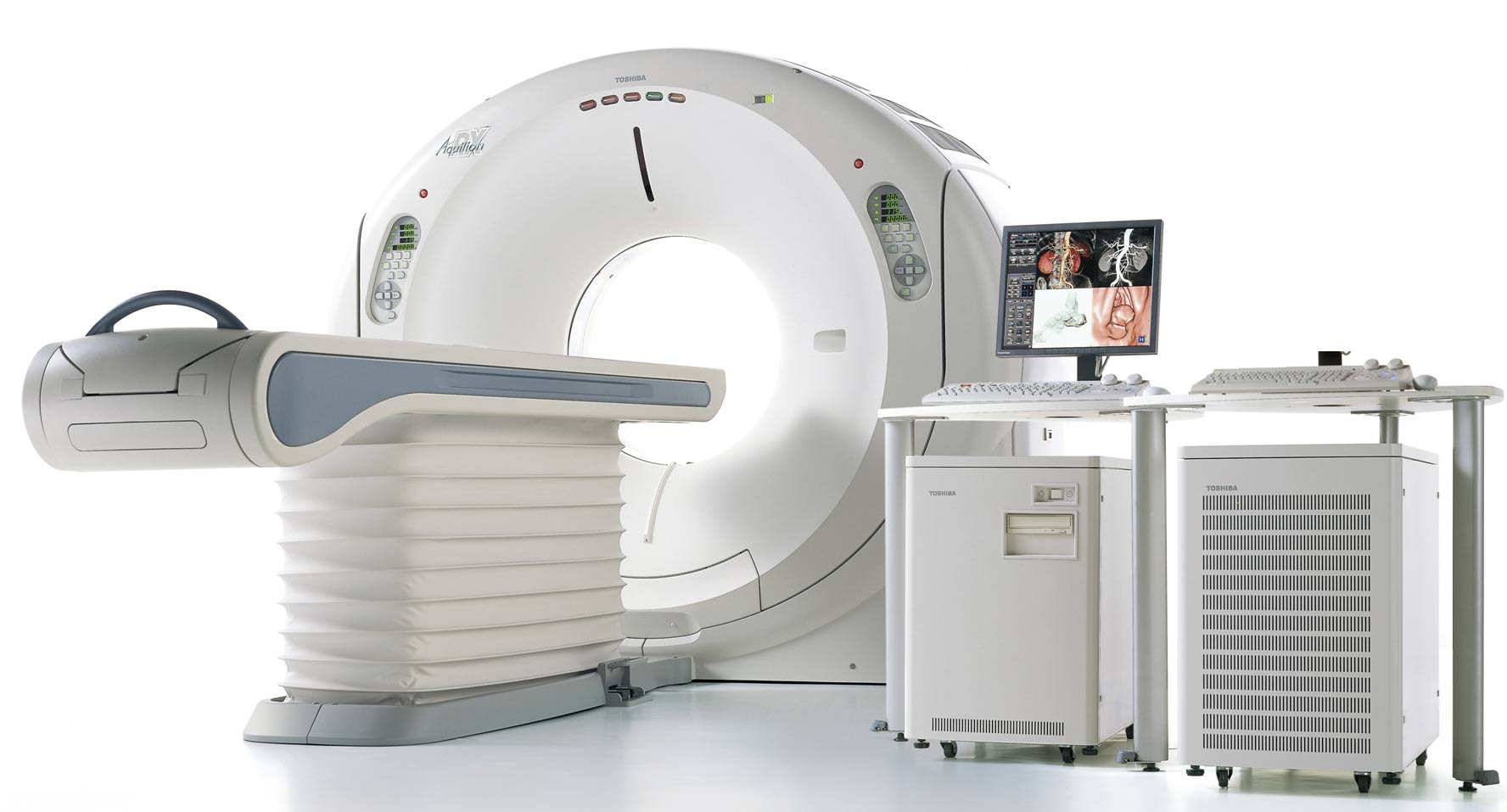
"International guidelines confirm that radiofrequency ablation is indicated as the main treatment for small liver cancer foci"
- What case from your practice do you remember the most?
I remember the stories of almost every patient, but I want to tell you about my first patient who had breast cancer. At that time, the woman was 38 years old. She had a single metastasis in a lymph node near the sternum. Usually, such cases are not operated on, because it is a large volume of intervention with resection of the ribs for a biologically unfavorable tumor. We had just had the opportunity to do ablation, and I offered her this method. It was in early April 2016. 7 years have passed and today there are no signs of the disease returning. Of course, she also underwent chemotherapy, but this example demonstrates that interventional oncology methods really work.
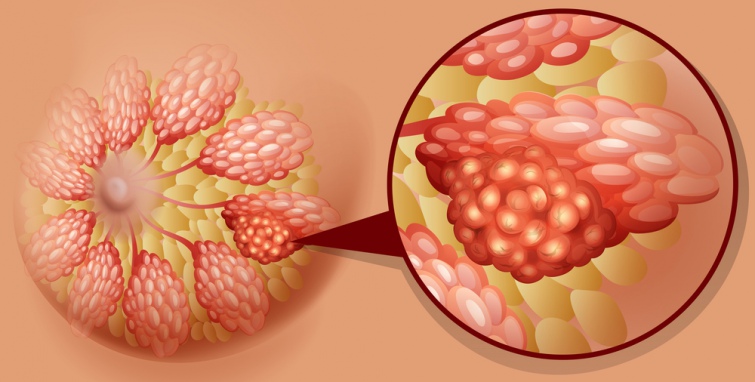
Back in 2017, I had a patient with stage four cancer. He came to us a year after surgical removal of the primary tumor and numerous courses of chemotherapy and targeted therapy. At the time of his treatment, he already had 11 metastases. For several years, I performed ablation of tumors in his liver and lungs. Due to the war, he left for Mexico and is now continuing his treatment there. He says that according to doctors' predictions, he was not supposed to live so many years.
- You are planning to create an oncology hub. Could you tell us more about its goals and objectives?
My goal is to develop interventional oncology in Ukraine. The more doctors who do this, the more patients will receive quality medical care.Now patients have to travel more than a thousand kilometers to undergo certain procedures. Often these are people with the fourth stage of cancer, and it is difficult for them. I really want our patients to be able to receive quality care without traveling to the opposite end of the country.
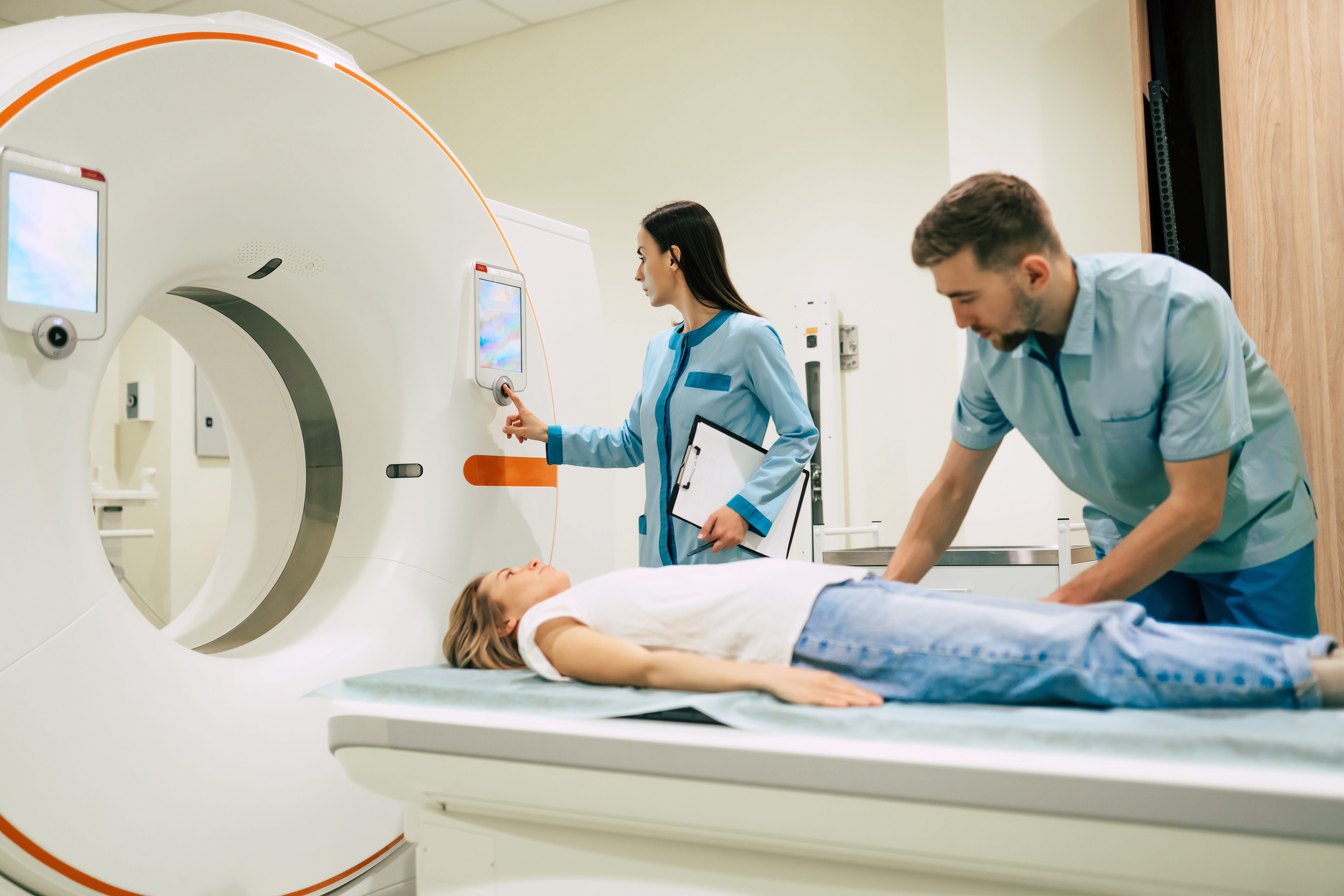
Ideally, all available treatments should be available in every cancer center, but such highly specialized care is quite expensive and we cannot afford it yet. Therefore, my idea is that at least one such center should be in every part of the country. We are currently working on this in Ivano-Frankivsk.
We now cooperate with doctors from all over Ukraine. Patients come to us to receive their stage of highly specialized care and then return home for further treatment. However, not everyone is aware of such opportunities in Ukraine, so we definitely need to conduct educational work.

- In your opinion, how do you think the cancer incidence rate in Ukraine can be reduced?
Of course, a healthy lifestyle with smoking cessation, as well as treatment of chronic diseases and other prevention methods are at the heart of reducing cancer incidence. But improving treatment outcomes is linked to timely and high-quality diagnostics. Because people are often afraid of cancer, think that it is a death sentence, and therefore go to the doctor too late. And our task is to convince patients. We need to tell more about modern treatment methods, fight people's fears, and explain that cancer isnot a sentence, but only a chronic disease that can and should be fought.

«Cancer is not a sentence, but a chronic disease that can and should be fought»
*The article was published with the permission of MEDplus.
